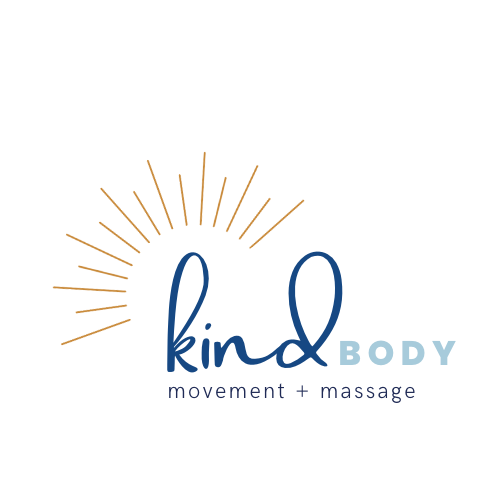Could a Calf Stretch Help My Neck (and Other Things)?
Sometimes I link to products I love. As an Amazon Associate, I earn a commission from qualifying purchases.
Every morning while I’m making breakfast, I pull my half dome over to the counter and get in some calf stretch. After I stretch each leg, I feel so much taller! Perhaps you’re wondering why in the world stretching my calves could make me feel this way…let me explain.
I really love my half dome.
Our bodies want to help us do what we do better. So that means when we put our bodies into a certain shape repeatedly, our tissues actually change to adapt to that shape¹. We definitely put our feet and ankles into the same shape and our bodies have adapted to help us stay in that shape.
A combination of wearing positive heeled shoes (even most gym shoes have a heel) and walking on predictable, flat terrain keep our ankles and feet in an almost “casted” position. Wearing heels puts our feet and ankles in a “downhill” shape so even if we’re walking uphill, the ankle joint isn’t getting as much uphill as it would in a shoe without heels (or barefoot). In addition, while we sleep each night, our feet are resting in that same downhill shape. That’s potentially 24 hours of downhill!
Have you ever stepped out of bed in the morning and heard your heels snap, crackle, or pop? (Mine do it too sometimes.) For some people, these pops and crackles correlate with pain and even plantar fasciitis. Not only are the ankles and feet moving out of their “casted” shape, they’re being asked to bear the weight of a body.
We can make strides toward nourishing our ankles and feet with greater ranges of motion by choosing zero-drop minimal footwear², by walking over varied terrain that includes changes in incline and texture (i.e. hills, rocks, roots, etc.), and simply by going barefoot at home.
If you’re already experiencing foot pain or plantar fasciitis, adding a gentle calf stretch to your morning routine will remind your body that it’s safe for your foot and ankle to move in that way.
While it may seem obvious that the calf stretch can help with foot pain, it may seem less obvious that it could help with other things like feeling taller or even neck pain. Well…
Your calves are holding you back—literally.
Don’t believe me? Try this:
Get out your protractor and check that angle.
Lie on your stomach and bend your knees so your feet come off the ground. (It may be helpful to do this in front of a mirror.)
Relax your feet and ankles. Look at the resting angle between your foot and your shin at the ankle joint. It’s probably greater than 90 degrees.
This shows your resting calf tension. Remember that angle.
Now stand up and try to maintain that same angle in your ankle joint.
One of two things could happen: you could fall backwards—OR—your head, neck, and upper spine could curl forward to counter balance the weight.
Now imagine all the forces at play as you walk and move while your body tries to stay upright despite that calf tension³. It’s something akin to repeated micro whiplash. That might sound intense or really bad—but instead of catastrophizing about it, we can just think no wonder my neck hurts and cultivate gratitude towards our bodies for all the hard work they’re doing.
If we can get our ankles and feet moving more out of that downhill shape, we can lessen the loads on our necks and shoulders and lower backs.
And if the upper spine doesn’t have to counter balance so much calf tension, we can stand more erect. That’s why I feel so much taller after my morning calf stretch!
Here’s how to do it:
Calf stretching while blogging.
Grab your half dome (You could also use a rolled yoga mat or a rolled blanket. Because I usually calf stretch in the kitchen, the half dome is the most convenient and tidy option for me).
Lightly rest the ball of one foot on the half dome and check in. Avoid thrusting your ribs.
Slowly step your other foot forward until you feel a manageable degree of sensation. Notice if the ball of your foot begins to press down harder on the half dome (like you’re pressing the gas pedal). More pressure on the ball of the foot equals less uphill shape so keep it light and easy.
When you’re ready, step that front foot back and step off the half dome and feel the difference.
Repeat on the other side.
Although the calf stretch is an exercise, I hardly ever do it while I’m exercising.
I’m always fitting it in while I’m doing other things—like while I’m making breakfast or doing the dishes or while I’m standing to type this post. How can you fit some calf stretch into your life?
Go forth and calf stretch! (And let me know if you feel taller!
¹https://www.ncbi.nlm.nih.gov/pmc/articles/PMC4262722/
²Don’t just ditch your conventional shoes; it’s important to transition to minimal footwear. For more information about this, I recommend this book.
³Remember that not all tension is bad. If our bodies lacked tension, they would be more puddle-like.
For Further Reading:




